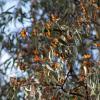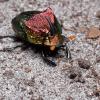Firefly season is in full swing, and social media is abuzz—not just with reports of fireflies, but with a startling claim: that this is the last generation to experience their dazzling summertime displays. Our firefly team has been fielding inquiries for weeks now: Is this true? And is there anything to be done?
So we are bringing you some answers!
Are fireflies going extinct?
While many fireflies are in serious trouble, the good news is that we are unlikely to be the last ones to see these glowing beetles, and there are many things we can do to help.
One important thing to keep in mind is that there are many different species of fireflies across the world, so each of their situations will be a little different. The US is home to over 175 firefly species, some of which are indeed at risk of extinction — or likely to be very soon — due to a variety of threats including habitat loss, light pollution, pesticide use, and climate change. We know some firefly populations have been wiped out forever, but we also know that some others appear to be more resilient.
Even so, firefly numbers seem to be dwindling overall. Every year, we hear more and more reports from people saying they see fewer fireflies than they did when they were younger. And recent research shows that up to a third of firefly species in the US could be at risk of extinction.
So, is this the last generation to see fireflies? We don’t think so. But we need to take action now to ensure they’re here to stay.

You can help fireflies survive and thrive
Fireflies will continue to grace our evening skies as long as we take action now to safeguard their populations and the habitats they rely on. Every action we take now means more fireflies we can save in the future.
Thankfully, there is a lot each of us can do to make a difference, and it can be as easy as flipping a switch. Read on for six ways you can help these wonderful animals!
Keep the nights dark so fireflies can see each other’s sparks
Those flashes that you see aren’t just for show; they are how fireflies court one another! Adult males use specific flash patterns to attract females of their own species. A flash here, a burst of light there, a trailing pulse to cap it off—each male is using his own bioluminescent code to woo a female. If one is interested, she’ll respond with a flash or two of her own. Back and forth they go, with the female either losing interest and going dark, or leading to a real life meet cute that, if all goes well, results in a new generation of fireflies.
As you might imagine, these lights are best seen in the dark. When artificial light floods the scene, fireflies may not be able to see each other’s flashes, resulting in missed connections. It’s like trying to talk while in the front row of a concert, except the concert showed up at your house one day and never stopped.
Help them keep the conversation going by turning off any unnecessary lights, or minimizing the intensity and duration of any lighting that is truly needed. Get started with our guide to firefly-friendly lighting practices.
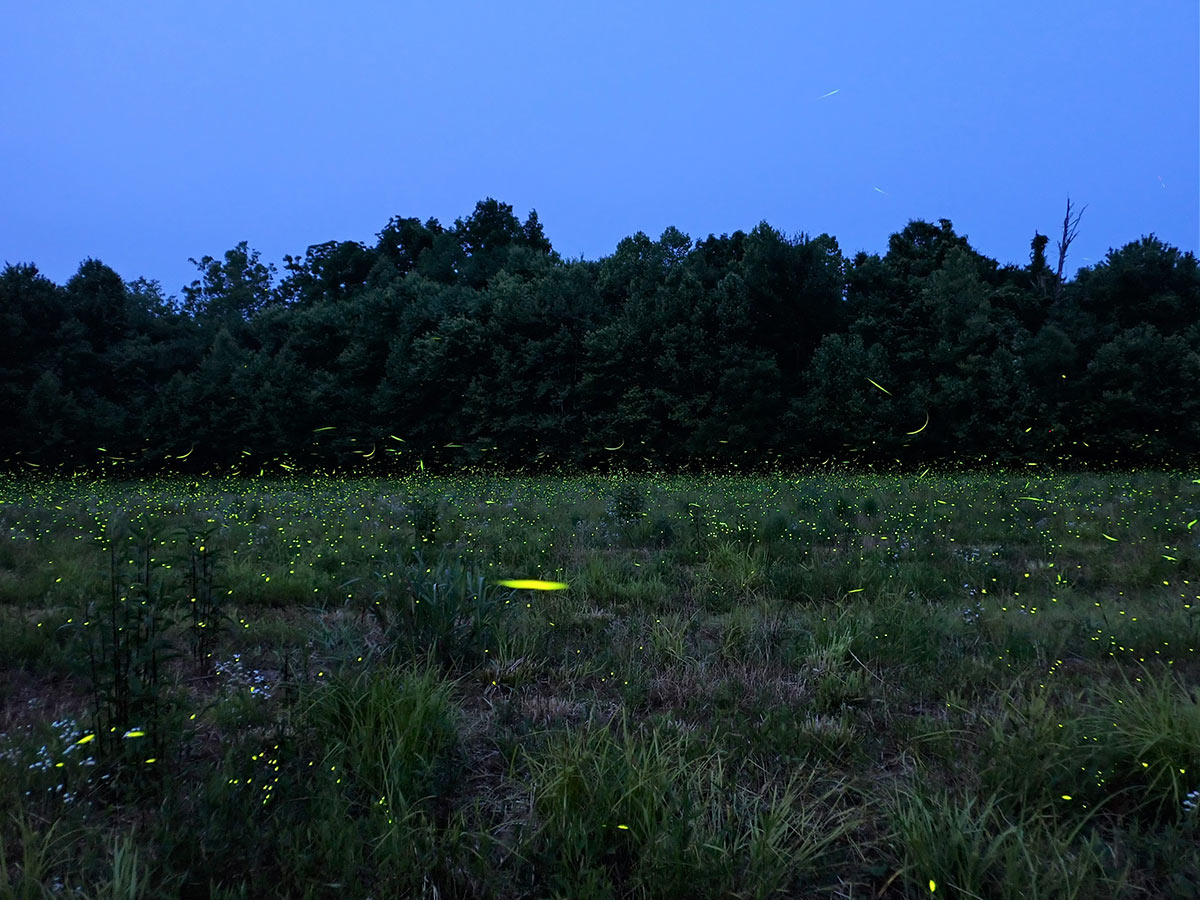
Protect fireflies and their habitat from pesticides
Fireflies are beetles, which means pesticides designed to kill beetles and other insects are a serious threat. These pesticides can harm fireflies over time, or kill them outright. The same goes for pesticides targeted towards snails, slugs, and worms — these are all favored food sources of hungry baby fireflies.
If you want to keep fireflies around, you’ll need to learn to live with their prey populations as well. (Surely a few snails in the garden are worth the annual light show?) Herbicides can furthermore damage firefly, slug, and snail habitat by killing the plants they use for shelter.
To keep everyone safe, follow our tips on how to protect fireflies from pesticides!
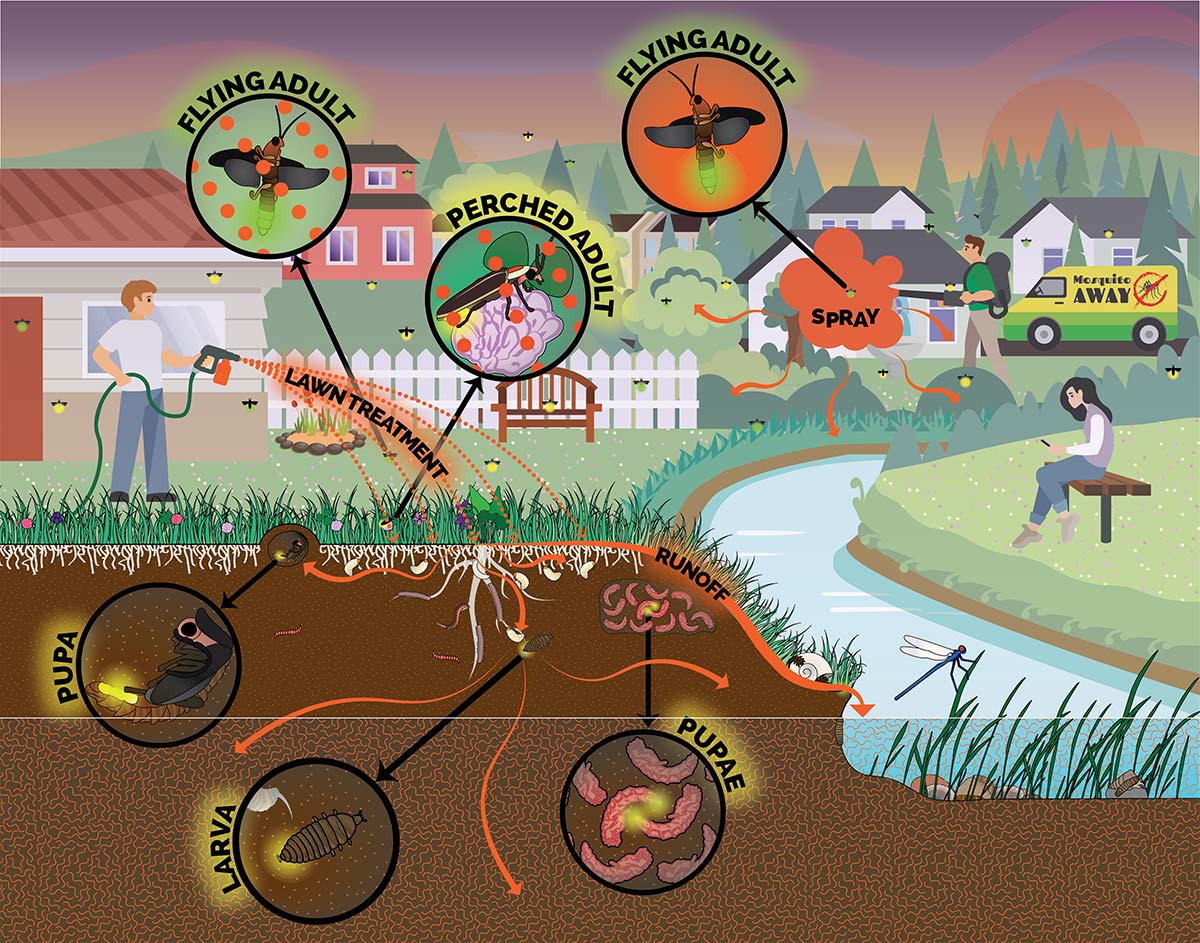
Make your yard or garden a firefly-friendly habitat
Even a small area can be a refuge for fireflies and their prey. When it comes to providing habitat, it can be as easy as forgoing your yard chores: let the grass grow long, the limbs rot on the ground, and the leaves pile up.
Consider that fireflies need darkness, moisture, shelter, and food. Even though we tend to think of fireflies primarily in the summer, their adult stage is just one small part of their life cycle. At any time of year, there may be eggs, larvae, or pupae present. These can be found in leaf litter, under rocks or moss or rotting wood, in small burrows, or even in the furrowed bark of trees. Adults may shelter on vegetation, from the bases of bunchgrasses all the way up to the leaves of the canopy.
So hold back from cleaning things up too much, at the very least in the space you’ve set aside for fireflies. A diverse and disorderly habitat is a happy habitat when it comes to fireflies and other wildlife!
Get started with our guide to adding nesting habitat for beneficial insects.
Join a firefly community science project
Community scientists help us know where fireflies occur and how their populations are doing. With so many species (176 and counting) found across every US state but Hawaii, firefly researchers are in over our heads. That’s a lot of ground to cover during a very short survey season!
Your contributions, whether to Firefly Atlas or platforms like iNaturalist, are so helpful for us as we try to gain a better understanding of firefly distributions, habitat requirements, and threats. This information is crucial for identifying species most at risk of extinction and making conservation decisions that will do the greatest good for firefly populations.
So learn how to look for fireflies and get out there! Report your firefly sighting, go out with a friend or family member to do a full survey, or even start a firefly survey team!
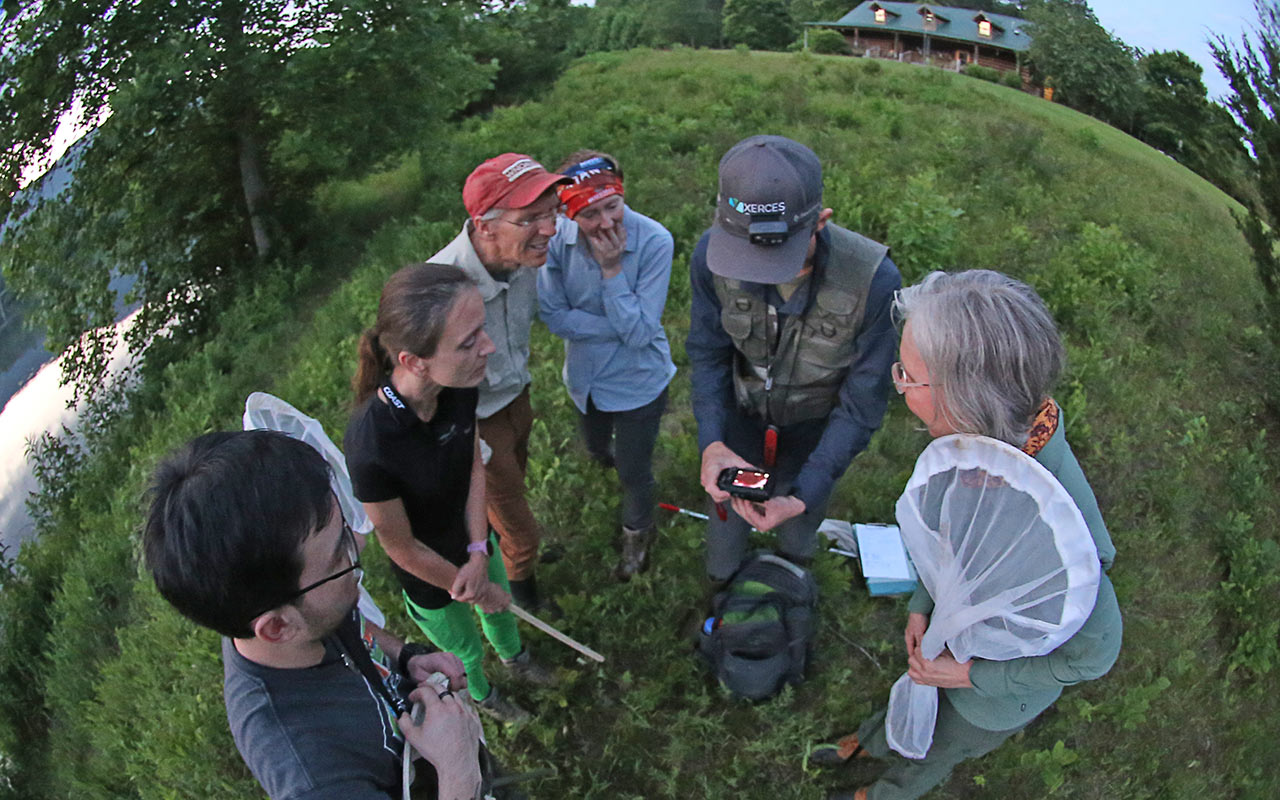
Establish a local firefly sanctuary
A firefly sanctuary is a relatively new concept in the US that we hope will take off in the coming years. In a nutshell, it’s a protected area (often part of a park or natural area) that is managed specifically with fireflies and their needs in mind. There are just a handful of these sanctuaries across the country, spanning private and public lands from Arkansas to Connecticut.
We’ve profiled four of them in our firefly sanctuary guide, which outlines 12 steps for establishing one. You don’t necessarily need to have your own land, either — there are examples of local community members coming together to propose, establish, and maintain sanctuaries in nearby parks and preserves.
Help others discover the magic of fireflies
Fireflies connect us to each other and the natural world. Sometimes in our efforts to protect the things we love, we forget to slow down and remind ourselves of why we’re doing this work in the first place.
If you live in an area with lightningbugs, spend an evening (or more!) with them. If you want more company, consider organizing a small viewing party. Get together at someone’s house or a nearby park, turn off your screens and lights, and enjoy one of nature’s greatest shows. If you’re traveling to see fireflies, look for sites that adopt and promote sustainable tourism practices.
Whether you are staying local or going farther afield, be sure to follow our tips for responsible firefly viewing.

Learn more about fireflies
- Discover surprisingly true facts about fireflies in this video by Ze Frank, made in partnership with Xerces
- Listen to our firefly episode of the Bug Banter podcast
- Ready for a deep dive? Check out the State of the Fireflies report, a comprehensive look at how fireflies live their lives, the threats they face, which species live in your state, and how we can help


